Top Collaboration Tools for Remote Teams in 2025: Boost Productivity and Connectivity
Introduction
As remote work continues to solidify its place in the modern workforce, collaboration tools have become essential for maintaining productivity and connectivity among teams. In 2025, the landscape of remote collaboration has evolved significantly, offering a plethora of tools designed to enhance communication, project management, and overall team dynamics. This article explores the top collaboration tools that are revolutionizing the way remote teams work together, ensuring they remain productive and connected regardless of their physical locations.
1. Advanced Communication Platforms
Effective communication is at the heart of successful collaboration. In 2025, advanced communication platforms have emerged that blend video conferencing, messaging, and voice calls into seamless experiences. Tools such as Zoom and Microsoft Teams have evolved to incorporate AI-driven features, such as real-time language translation and automated meeting summaries, making cross-cultural communication more accessible.
2. Project Management Tools
Project management tools have become more sophisticated, with platforms like Asana, Trello, and Monday.com leading the charge. These tools now offer integrated AI capabilities that help teams automate task assignments, set deadlines, and track progress in real-time. Additionally, they provide enhanced visibility into project timelines, dependencies, and team workloads, enabling better resource allocation and helping teams stay on track.
3. Collaborative Document Editing
Gone are the days of emailing documents back and forth. In 2025, tools like Google Workspace and Microsoft 365 allow multiple users to collaborate on documents, spreadsheets, and presentations in real-time. These platforms now feature advanced commenting and version control capabilities, enabling teams to easily track changes and provide feedback without the confusion of multiple file versions.
4. Virtual Whiteboards
Visual collaboration has gained prominence, especially for creative and brainstorming sessions. Tools like Miro, MURAL, and Conceptboard offer virtual whiteboards that allow remote teams to sketch ideas, create mind maps, and organize thoughts collectively. These platforms have integrated features such as sticky notes, templates, and voting mechanisms, ensuring that all team members can contribute to the ideation process, regardless of their location.
5. Time Management Tools
Effective time management is crucial for remote teams. Tools like Clockify and Toggl Track provide insights into how team members spend their time, allowing for better scheduling and workload distribution. In 2025, these tools have incorporated AI to suggest optimal working hours based on individual productivity patterns, ensuring that teams can work at their peak efficiency.
6. File Sharing and Storage Solutions
With remote teams generating and sharing vast amounts of data, reliable file sharing and storage solutions are essential. Platforms like Dropbox, Google Drive, and OneDrive have evolved to offer enhanced security features, ensuring sensitive information remains protected. These tools now allow for seamless integration with other collaboration software, enabling teams to access files directly from their project management or communication platforms.
7. Integrative Workflow Automation Tools
Automation has become a key component of modern collaboration. Tools like Zapier and Integromat allow remote teams to automate repetitive tasks by connecting their favorite applications. In 2025, these platforms have expanded their capabilities, enabling users to create complex workflows that can manage everything from data entry to email notifications, freeing up valuable time for more strategic work.
8. Virtual Reality Collaboration Spaces
As technology advances, virtual reality (VR) is making its mark on collaboration. Platforms like Spatial and Gather have introduced immersive environments where remote teams can meet, brainstorm, and collaborate in a virtual space. These tools create a sense of presence, allowing team members to interact with 3D models, share screens, and engage in discussions as if they were in the same room, enhancing connectivity and teamwork.
9. Employee Engagement Tools
Keeping remote employees engaged can be challenging, but dedicated tools have emerged to address this issue. Platforms like Officevibe and TINYpulse allow teams to gather feedback, conduct surveys, and track employee satisfaction. In 2025, these tools have become more intuitive, offering actionable insights that help managers understand team morale and make informed decisions to foster a positive work environment.
10. Cybersecurity Solutions
With the rise of remote work, cybersecurity has become a top priority for organizations. Tools like LastPass and 1Password provide secure password management, while solutions like Norton and McAfee offer comprehensive protection against malware and phishing attacks. In 2025, these cybersecurity tools have integrated seamlessly into collaboration platforms, ensuring that remote teams can work securely without compromising sensitive information.
11. Feedback and Recognition Platforms
Recognizing and providing feedback to team members is essential in a remote work environment. Platforms like Bonusly and 15Five facilitate peer-to-peer recognition and feedback, promoting a culture of appreciation. In 2025, these tools have enhanced their features to include goal tracking and performance reviews, allowing teams to celebrate achievements and support each other's growth.
12. Learning and Development Tools
Investing in employee development is crucial for remote teams. Learning management systems (LMS) like Udemy for Business and LinkedIn Learning have become indispensable for organizations looking to upskill their workforce. In 2025, these platforms offer personalized learning paths and integration with collaboration tools, enabling employees to learn new skills while collaborating on projects.
13. Data Analytics Tools
Data-driven decision-making is essential for remote teams aiming to optimize their performance. Tools like Tableau and Google Data Studio provide powerful analytics capabilities, allowing teams to visualize data, track key performance indicators (KPIs), and derive insights that inform their strategies. In 2025, these analytics tools have become more user-friendly, enabling all team members, regardless of technical background, to harness the power of data.
14. Customizable Dashboards
In a remote work environment, having access to relevant information is crucial. Tools like Notion and Airtable allow teams to create customizable dashboards that aggregate data from various sources, providing a holistic view of projects and team performance. In 2025, these platforms have introduced advanced filtering and sorting options, enabling teams to tailor their dashboards to meet their specific needs.
Conclusion
As remote work continues to evolve, so too do the collaboration tools that empower teams to work together effectively. The tools highlighted in this article represent the forefront of technology in 2025, providing remote teams with the resources they need to boost productivity and connectivity. By leveraging these tools, organizations can navigate the challenges of remote work and create a collaborative environment that drives success, innovation, and employee satisfaction.
Explore
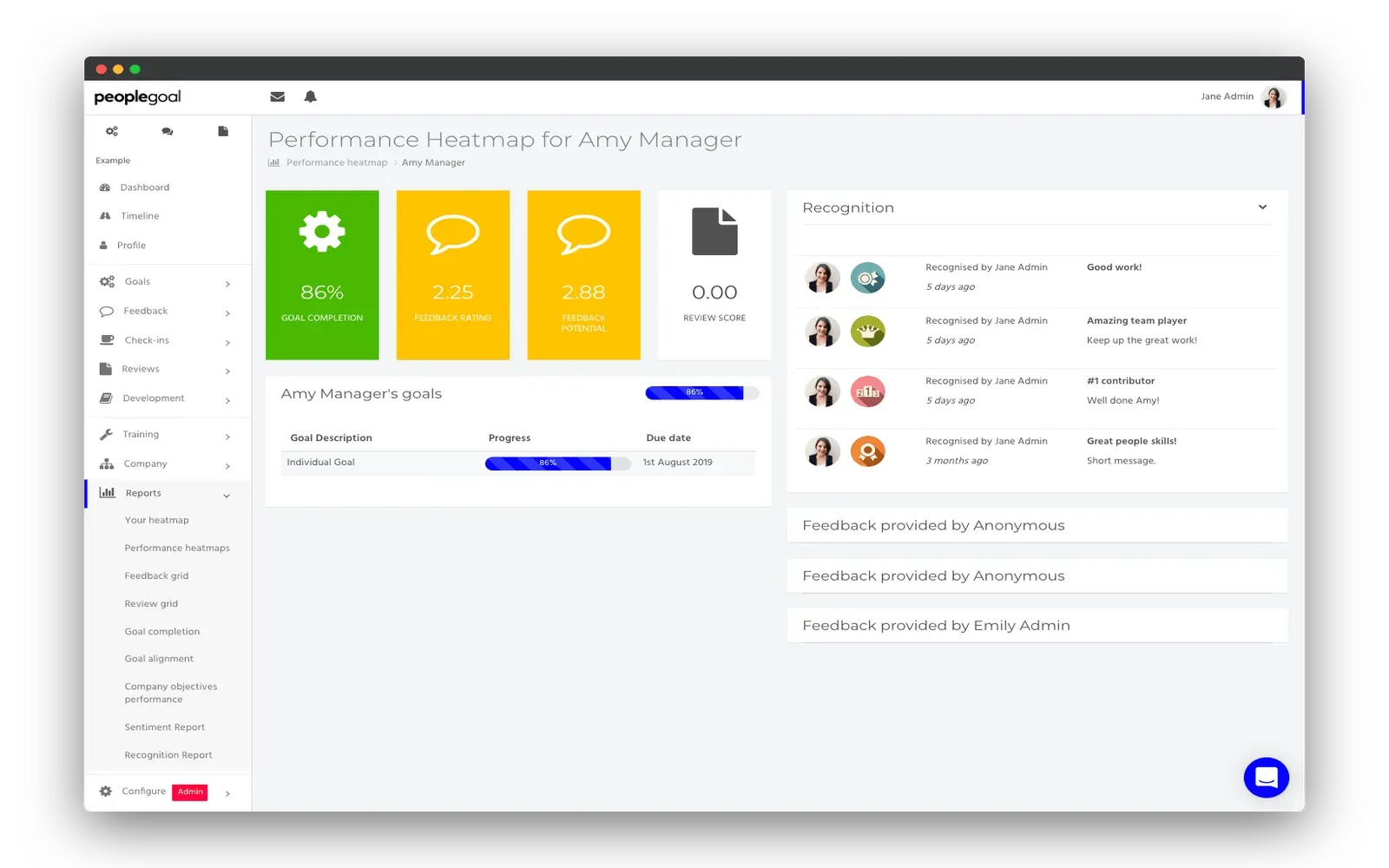
Remote Work Software: Tools to Empower the Distributed Workforce

Unlocking Connectivity: Your Guide to the Best Business Internet Providers in Your Area
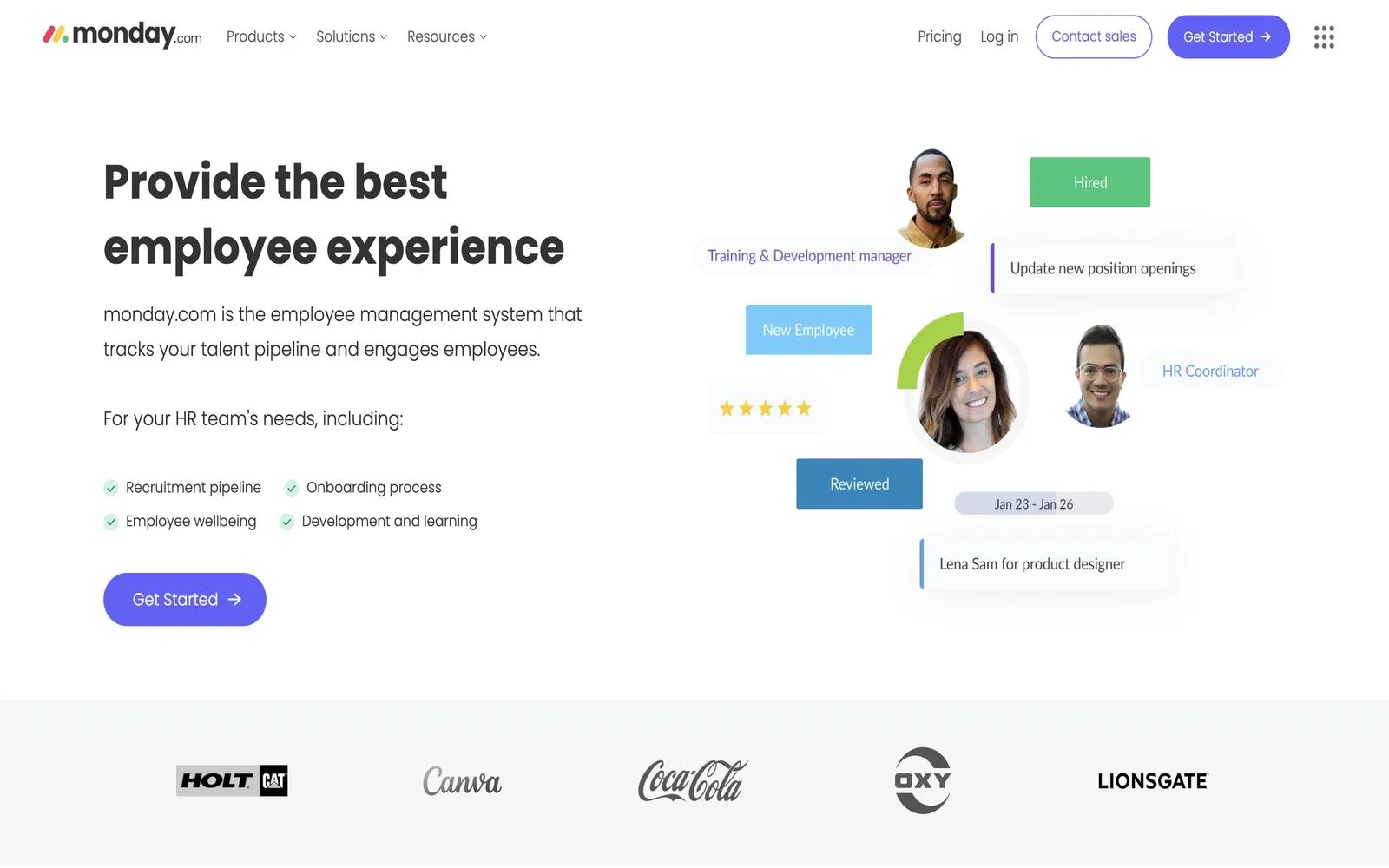
Revolutionize Your Business with Employee Management Software: A Complete Guide to Streamlining Operations and Improving Productivity
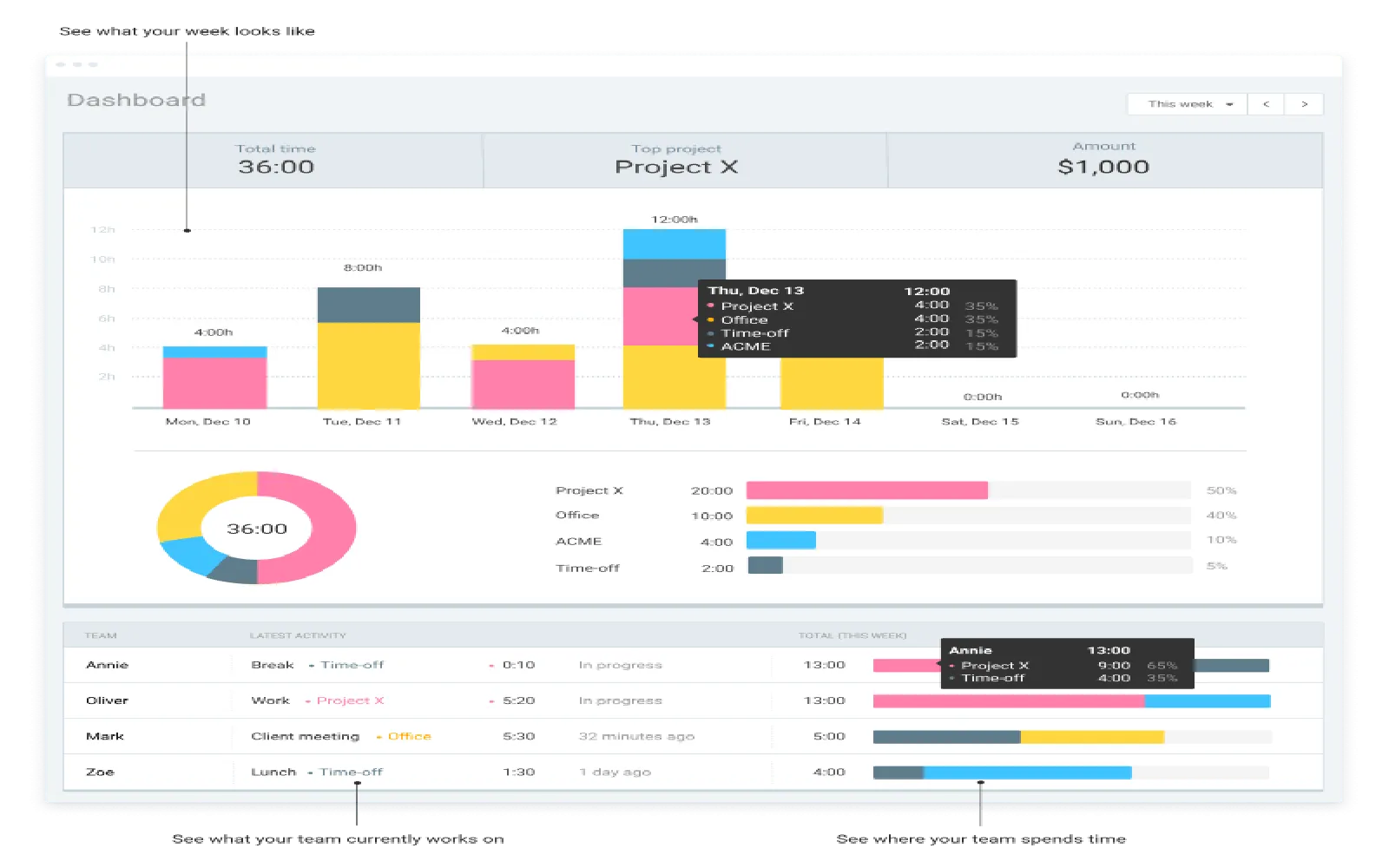
Top Time Tracking Software for Remote Teams in 2025: Boost Productivity and Collaboration
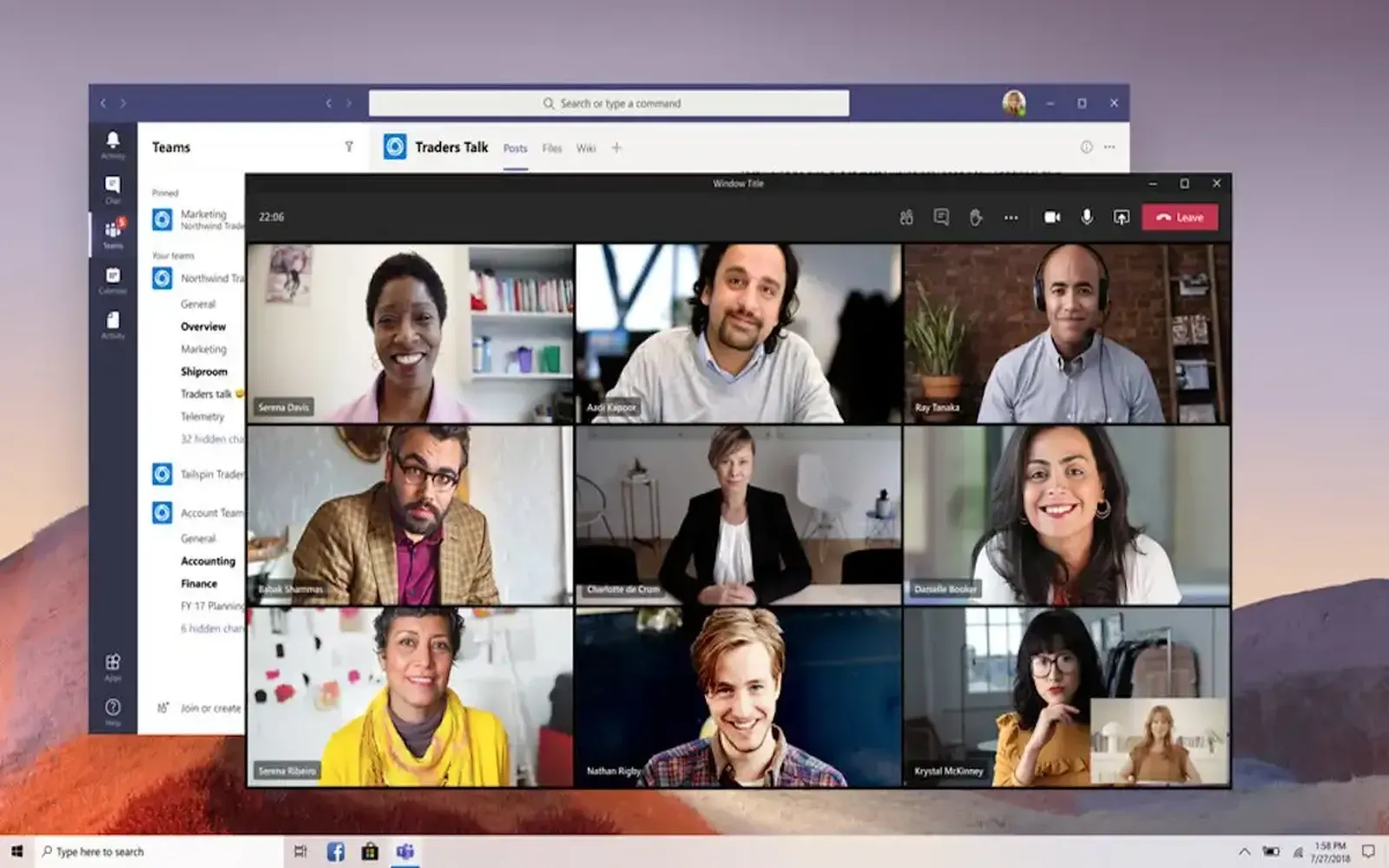
Top Virtual Meeting Software for Teams in 2025: Enhance Collaboration and Productivity
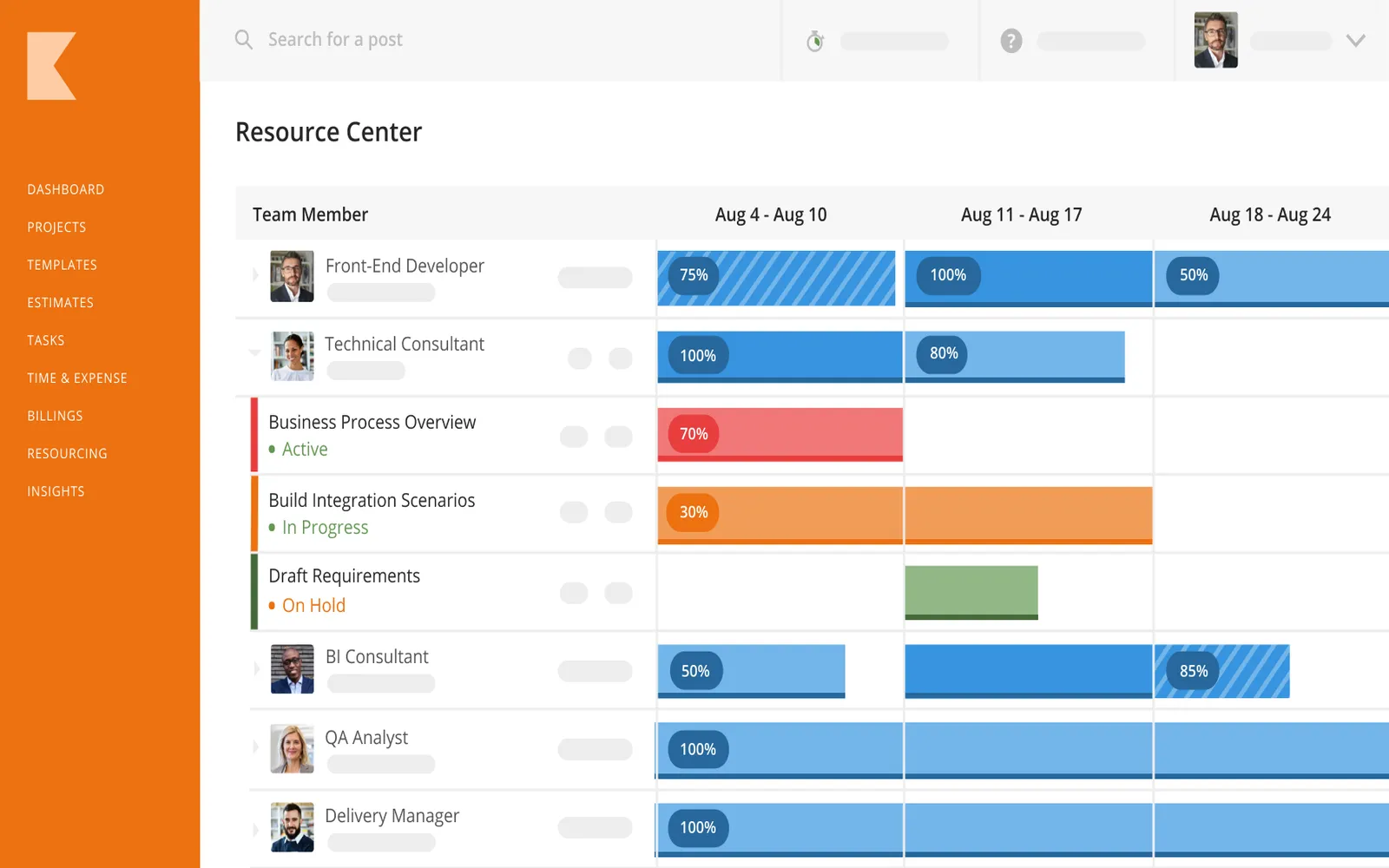
Top Project Management Software for Teams in 2025: Boost Collaboration and Efficiency

Top Business Internet Providers for 2025: Your Guide to Fast and Reliable Connectivity
